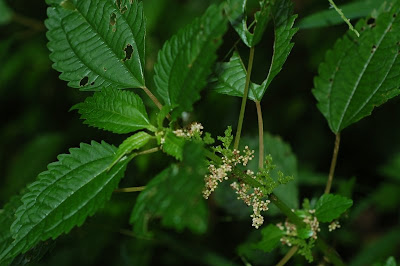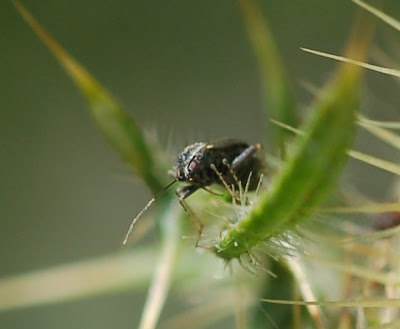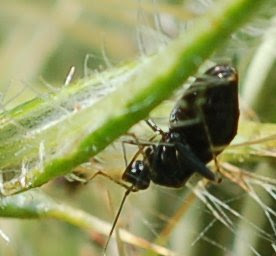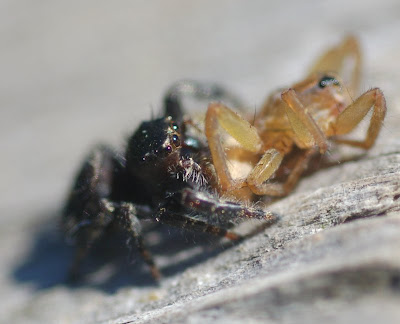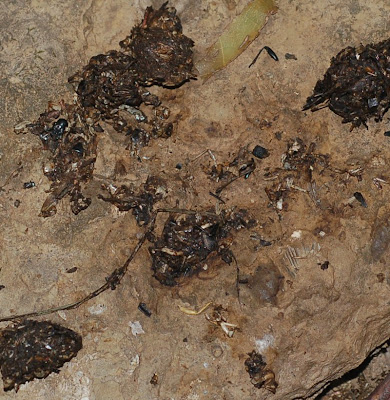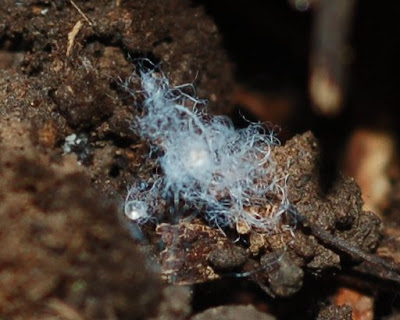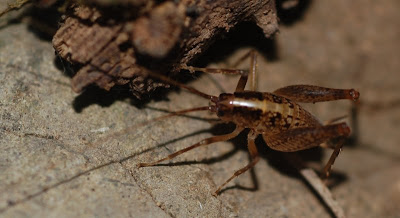Sherry Chandler kindly included me in several things last month, and as September slips away, I have finally gotten organized enough to respond. First, is my Four Things Meme list. If you like lists and memes, consider yourself tagged by me. Notice that my list includes poems I was going to memorize this month, also thanks to Sherry. As you can see, I haven't quite got them picked out yet, let alone memorized. But I will. I memorized lots of poems as a teenager, when my mind was limber and my taste was questionable. I'd like to add a few more good ones before my brain gets too full.
- Four jobs I've had in my life:
- Daily newspaper proofreader and Substitute Society Editor
- Mosquito census taker
- Microbial genome sequencer
- Autism tutor
- Four places I have lived:
- Union County, Iowa
- Mansfield, Connecticut
- Washington DC greater metropolitan area
- Pocahontas County, West Virginia
- Four of my [MANY] favorite foods:
- Tomatoes--fried and green, garden-fresh and red, cooked and pureed--I like tomatoes
- Homemade ginger snaps (or most any other homemade cookie)
- Sour cherries
- Fried chicken
- Four Places I'd rather be right now [Other places I'd like to be; there's no place I'd rather be]:
- Australia
- Edinburgh (The one in Scotland, not the one in Virginia)
- Any Neotropical rain forest
- New Mexico
- Four poems I was going to memorize in September and will learn before the year is out:
- One of John Donne's "Holy Sonnets"
- A Gerard Manley Hopkins poem
- One short John Keats poem
- One short Shelley poem (I can't believe I don't know any Keats or Shelley at all!)
Sherry also stimulated me to revisit Nerdtests.com. She had taken the Nerd Test 2.0, and scored as a "Cool Lit/History Geek." Science and Technology were my stronger suits, scoring me "Cool Nerd Queen."

But it seems a few months ago, while goofing off instead of--I mean, taking a break from--grading chemistry tests, I took the Nerd Test 1.0, and there, because I was current on my periodic table of the elements and recognized James Clerk Maxwell and Issac Newton, I scored as "Nerd God(ess)."

Because I was goofing off instead of--I mean, taking a break from--grading statistics homework, I went ahead and tested my computer geekiness. How about this? I'm deeply geeky.

Here are some Computer Geek Test Facts:
The average score for the gals is 38, while the guy average is 56. Of the Computer Geek Quiz Takers: 17% are scared of links; 17% of Windows users curse it; 4% of Linux users selected Bill Gates as their hero; The average Windows user scored 45 on the test and the average Apple user scored 60, while the average Linux user scored 84, and the average Unix user scored 89.Looks like I'm below geek-average for my operating system.



